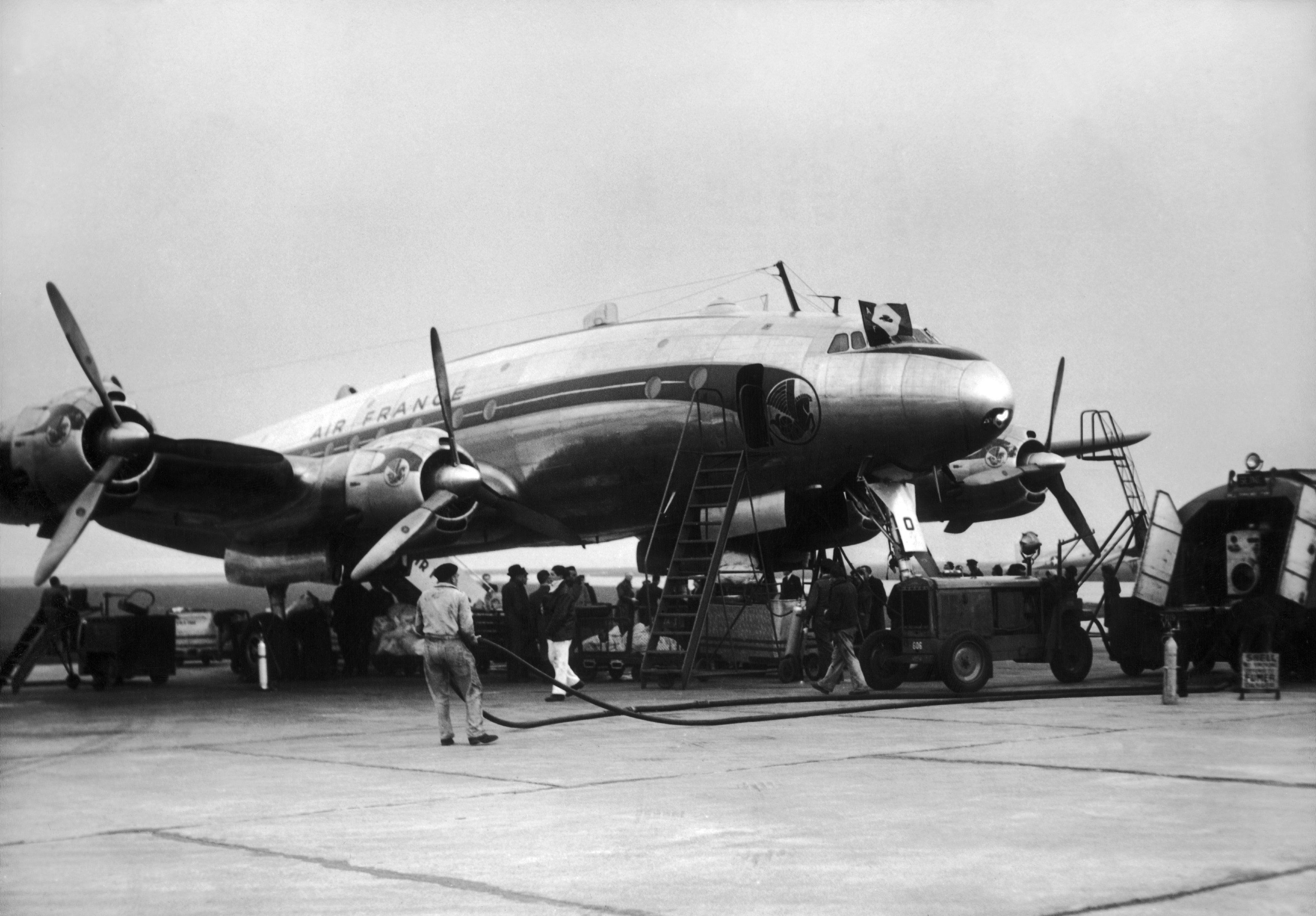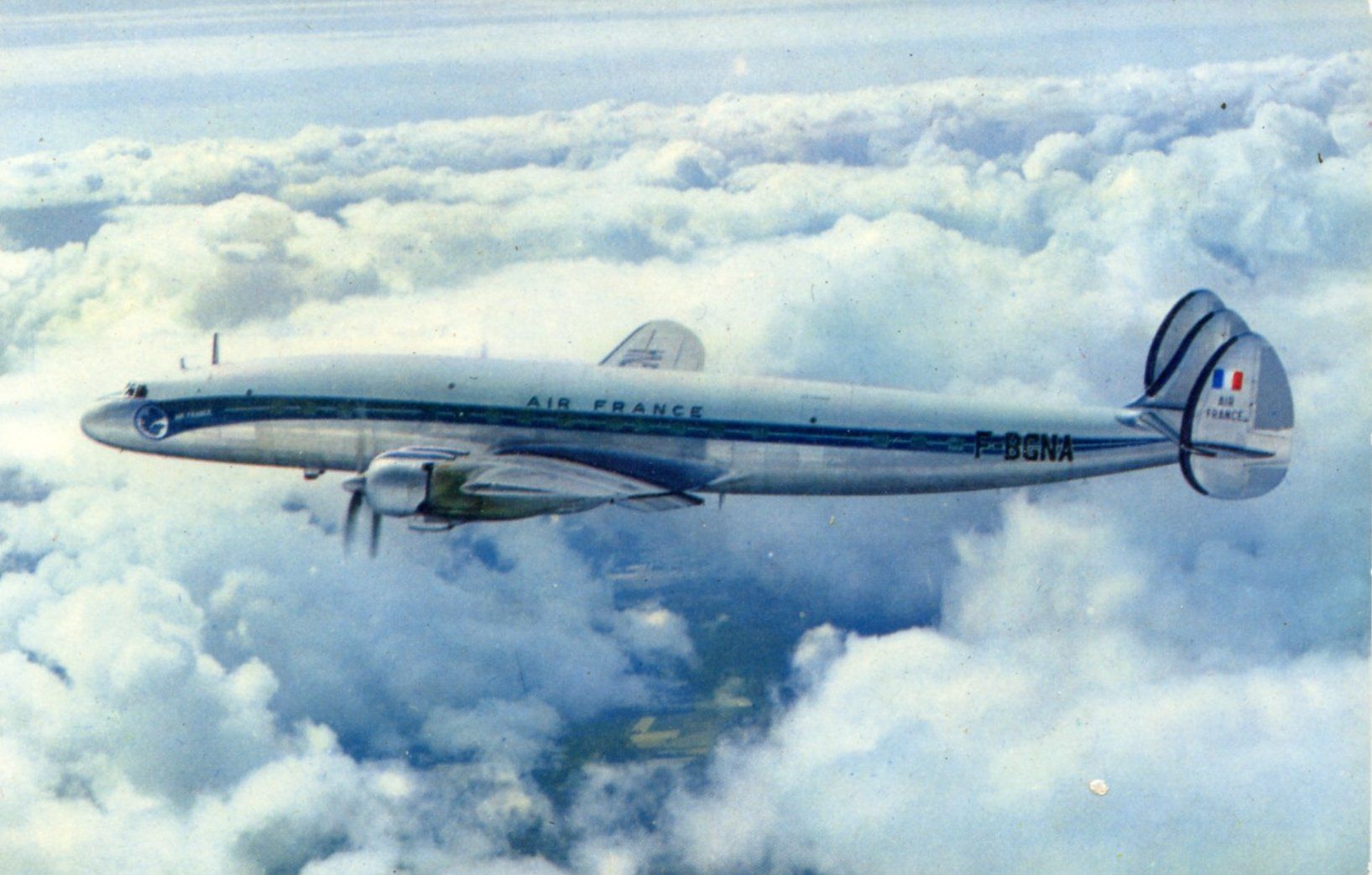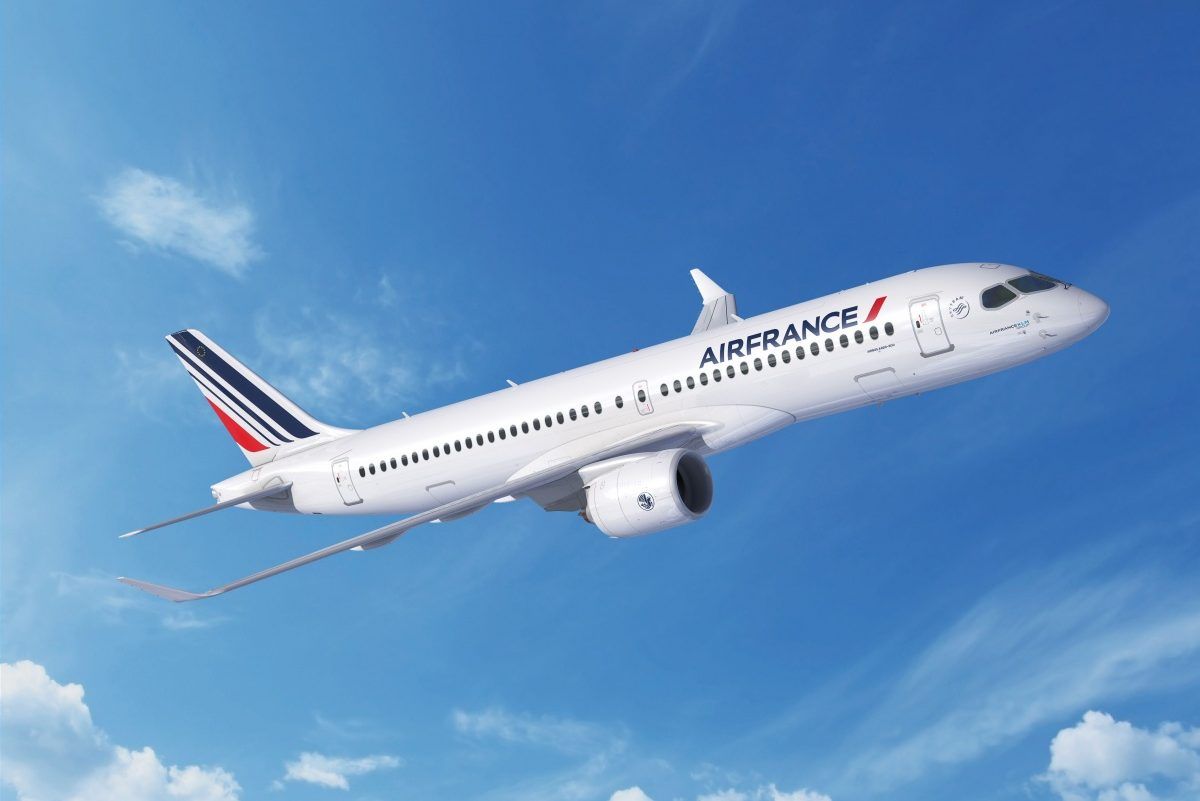Exactly 73 years ago today, on October 28, 1949, Air France Flight 009 crashed into the side of a mountain on the Portuguese island of Santa Maria in the Azores, killing all 48 passengers and crew. The aircraft involved in the accident was a two-year-old Lockheed L-749-79-46 Constellation registered F-BAZN.
Air France Flight 009 was a regularly scheduled passenger flight from Paris-Orly Airport (ORY) to New York Idlewild Airport (IDL) with a refueling stop at Santa Maria-Vila do Porto Airport (SMA) in the Azores. Onboard the aircraft for the 4,207-mile flight were 11 crew and 37 passengers.
About the Lockheed Constellation
Initially developed as a long-range bomber and troop transport by the Lockheed Corporation during World War Two. Post-war, the Constellation came into its own as a fast civilian airliner. Already in production as C-69 transports for the United States Air Force (USAF), the planes were transformed into civilian airliners.
TWA was the first airline to operate transatlantic Constellation flights when on December 3, 1945, a Constellation flew from Washington DC to Paris with refueling stops in Gander and Shannon. What made the Lockheed Constellation an airline favorite was the fact that it had a pressurized cabin. This enabled the plane to fly at higher altitudes above lousy weather, significantly improving the general safety of air travel.
Operated by a crew of five, the Lockheed constellation was configured to carry between 62–95 passengers. Able to cruise at 340 mph, the plane had a range of 5,400 miles, making it ideal for flights between North America and Europe.
The plane was miles off course when it crashed
The flight departed Paris Orly at 20:05 on October 27, 1949, for the first leg of its journey across the Atlantic Ocean to New York. At 02:15 on October 28, 1949, the pilot radioed air traffic control (ATC) to say that he was at 3,000 feet and had the airport in sight.
After trying to contact the aircraft and not getting a response, Santa Maria-Vila do Porto Airport Tower initiated a search that involved eight aircraft and several ships. Rescuers spotted the plane on the side of Pico Redondo on the island of São Miguel, some 60 miles off-course from where it should have been.
When rescuers arrived on the ground, they found the wreckage spread over 500 square yards. The bodies of the 48 passengers and crew were initially taken to a church in Algarvia before being repatriated to their home countries. Among the victims was Marcel Cerdan, a former middleweight boxing champion regarded as one of France's best post-war athletes. Also killed in the crash was former teen prodigy violin virtuoso Ginette Neveu.
At the time of the crash, Air France Flight 009 was the deadliest to have occurred in Portugal and the deadliest involving the Lockheed Constellation.
The investigation into the crash of Air France Flight 009
In charge of the investigation was the French Bureau d'Enquêtes et d'Analyses pour la Sécurité de l'Aviation Civile (BEA). Investigators determined that the accident was a controlled flight into terrain at night. In its report, the BEA wrote that the probable cause of the crash was due to the following:
- A failure to carry out either of the approach procedures for Santa Maria airport.
- False position reports given by the crew.
- Inadequate navigation.
- Failure to identify Santa Maria Airport when flying in VFR conditions.


.gif)

.jpg)
